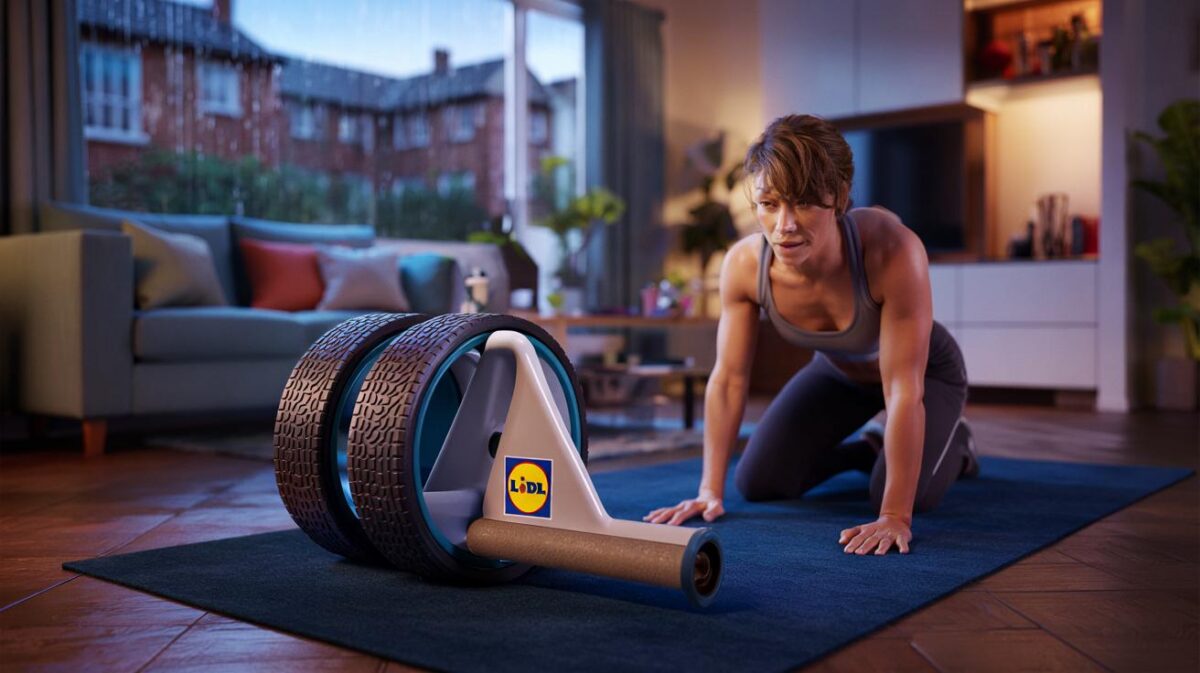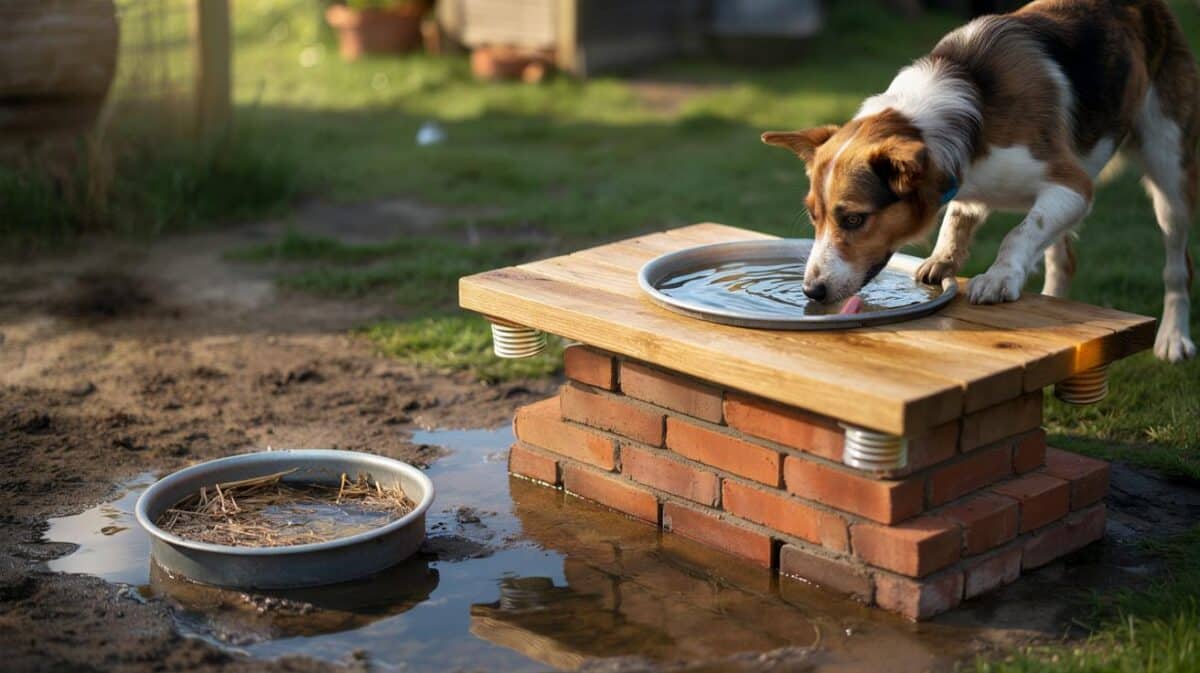Frozen pipes aren’t just an inconvenience — they turn a quiet winter morning into a sudden puzzle, with cold hands, dripping towels, and a half-boiled kettle you’re not sure what to do with.
Breath clouds in the kitchen, the tap coughs once, then falls silent, and the radiator sounds like it’s sulking. You jiggle the handle again, as if politeness might coax the water back.
Outside, cars sit crusted in ice and the pavement is a faint glitter of frost. Your neighbour texts that their boiler is flashing an error. You put the kettle on, then stare at it, because you’re not sure if hot water is good, bad, or both right now.
You catch a chill in the loft when you open the hatch, and the cold hits your cheeks in a way that feels prehistoric. Somewhere a pipe is rigid with ice. The whole house is listening.
A small sound can change everything.
Spot the freeze fast
Frozen pipes announce themselves in strange ways. A tap that dribbles or does nothing. A toilet cistern that won’t refill. A boiler that throws a sulky error code first thing. It’s less dramatic than films make it — the trouble is quiet at the start.
The likely culprits hide in cold, exposed places. Think loft runs with thin lagging, pipes clipped along external walls, outside taps, and the boiler’s skinny plastic condensate pipe that slinks out to a drain. Follow the line with your eyes and fingers. A section that feels icy, looks frosted, or sounds hollow when tapped is your suspect.
If the mains is still live to your home but one outlet has failed, you’ve narrowed it to a local freeze. If nothing inside flows yet the neighbour has water, your feed or main line might be frozen outside. That’s a different battle, but the signs are the same. The house is whispering clues.
Picture a semi on a windswept corner in Newcastle last winter. The kitchen tap went from lively to mute in a minute, and a brand-new smart boiler started throwing fault codes. The family poked the controls, then the sockets, then finally looked behind the washer.
What they found was a thin run of copper across the back wall, cold as a coin left in snow. The outdoor tap was on the same line. A towel hairdryer session later, the tap coughed back to life like a smoker on a hill. Water won. No drama, just patience.
Stories like that bounce around group chats during cold snaps. Not because they’re grand, but because they’re ordinary and useful. The trick is noticing the freeze before it becomes a burst, which is when the quiet turns into a rushing hiss behind plasterboard and a puddle under the skirting.
Frozen water expands, which puts pressure on the pipe. The rupture often happens at a weak joint, elbow, or clipped section that can’t flex. Here’s the kicker: the break can happen while the ice is solid, yet you don’t see a leak until it thaws.
That’s why the mantra is simple. Open the affected tap a little to relieve pressure. Warm the pipe gradually, from the tap end backwards toward the freeze, so meltwater has somewhere to go. The physics is boring, but the results are beautiful — a thin stream that becomes a steady run.
No swinging hammers, no boiling-water theatrics, no wild gadgets. The best cures involve patience, warmth, and a plan. Think gentle, not heroic.
Thaw it safely: a calm, practical drill
Start with the easy win. Turn the affected cold tap to a slow trickle. If you’ve got a suspected burst or you hear water where you shouldn’t, go straight to the stopcock and close it. Then, focus on the frozen section with controlled warmth: a hairdryer on low, warm towels refreshed from a basin, a hot-water bottle wrapped in a tea towel.
Work from the tap back toward the freeze, sweeping slowly, never lingering in one spot. Keep cupboard doors open to let warm room air in, and set the heating a notch higher for a few hours to raise the background temperature. For a boiler that’s sulking in a freeze, check its plastic condensate pipe outside — pour warm (not boiling) water over it and re-set the boiler once the run is clear.
Never use a blowtorch, open flame, or a heat gun set high — fires and scorched pipes are disasters, not DIY wins. Don’t smack the pipe. Don’t pour boiling water straight on it either; the thermal shock can do more harm than good. Keep towels and a bucket ready in case the thaw reveals a split.
You’re not alone if your heart’s racing a bit. We’ve all got a touch of panic when the house stops behaving. There’s a quiet bravery in moving calmly through a checklist while your breath fogs the air. If the stopcock is stiff, nudge it gently back and forth to free it, then close and open fully so you know it’ll work under pressure.
Keep phones charged, torches handy, and pets out of the way while you work. Touch the pipe regularly — your hands are better at reading subtle changes than your eyes. When the tap shifts from a dry hum to a thin, steady trickle, you’re winning. Stay with it. Let it run a little while to clear any slush.
Let’s be honest: nobody actually does this every day. Practice helps, though, so take two minutes after breakfast to locate your stopcock and the line to your outside tap. That tiny rehearsal pays off when the kitchen goes quiet. Check the loft hatch opens smoothly, and that the step ladder isn’t buried behind camping gear.
Think of this as a tiny rescue scene you can direct. Start small, stay safe, and reset the house to normal the moment water returns.
Warm slowly from the outlet back to the ice. Keep an exit for meltwater. If you find a leak, stop the flow, catch the drips, and breathe.
- Quick kit: hairdryer, towels, hot-water bottle, bucket, torch, gloves.
- Know these: stopcock location, outside tap isolator, boiler reset sequence.
- Watch-outs: sizzling sounds, smell of scorching, bulging pipe runs.
- Call in help if: no flow after 45–60 minutes, hidden leaks, or boiler faults persist.
Aftercare and prevention that actually fits real life
When the tap sings again, look for bruises. Run your hand under sinks and along skirting to check for damp. If you spot a split, close the stopcock, open taps to drain, and wrap the wound while you call a pro. Photograph damage and ring your insurer once things are stable — receipts and timestamps help later.
Now play the long game without turning your week upside down. Lag exposed pipes in the loft and along external walls. Clip a bit of foam tube onto that shivery condensate pipe. Leave kitchen and bathroom cupboard doors ajar on cold nights to let warmth reach the pipework. Keep the heating on low overnight during a sharp snap to nudge temperatures above freezing.
We’ve all had that moment when the house feels stubborn and you feel small. Share this checklist with your street WhatsApp, ask your older neighbour if their stopcock turns, and put a spare hot-water bottle in the drawer. Small habits beat one big panic.
| Key points | Detail | Reader Interest |
|---|---|---|
| Identify the frozen section | Check loft, external walls, outside taps, boiler condensate pipe | Fast diagnosis prevents bursts |
| Thaw gently, with an exit | Open the tap, apply warm air/towels from outlet toward the ice | Safe method you can do in minutes |
| Prevent the next freeze | Lag pipes, lift heating a notch on cold nights, know your stopcock | Practical tips that fit normal life |
FAQ :
- How do I tell a frozen pipe from a water supply outage?If one tap or room is affected, it’s likely a local freeze. If the whole house is dry yet neighbours have water, your main or external supply may be frozen; check with your water company.
- Should I turn off my stopcock before thawing?If you suspect a split or hear water behind walls, yes — close it. If you’re simply thawing a visibly frozen section with no signs of damage, keep the tap open and the stopcock on so meltwater can escape.
- Is a hairdryer safe on pipes?Yes, on a low to medium setting, kept moving, and never near standing water or flammable materials. Keep the plug and cord away from wet areas, and don’t use extension leads in puddles.
- What about my boiler’s condensate pipe?That small plastic pipe often freezes first. Pour warm water over the outside run, not boiling, and repeat until clear. Then reset the boiler as per its manual; many spring back instantly once the pipe drains.
- When should I call a plumber?If thawing doesn’t work after an hour, you find a leak, a ceiling bulges, or the boiler won’t reset. Also call in help if you can’t locate the frozen section or the stopcock won’t move.








